Peritonitis is an inflammation of the membrane that lines the entire abdominal cavity from the inside. Peritonitis is typically caused by the infiltration of bacteria entering the peritoneal cavity. When it spreads throughout the whole cavity – it can become a severe and life-threatening condition. Peritonitis, regardless of the causing factor, causes paralytic obstruction of the digestive tract, i.e., stopping the work of the intestines.
The peritoneum![]() is a transparent and smooth serous membrane that is richly innervated and vascularized. Under normal conditions, it is sterile.
is a transparent and smooth serous membrane that is richly innervated and vascularized. Under normal conditions, it is sterile.
It covers the walls of the abdominal cavity and pelvis (parietal peritoneum![]() ) and the organs located in them (visceral peritoneum
) and the organs located in them (visceral peritoneum![]() ).
).
The place where the parietal peritoneum merges into the visceral (where it descends from the walls of the abdominal cavity to the organs) is called the mesentery. There is a fluid-filled space between them. In men, the peritoneum is closed, while in women it is partially open – connected to the external environment through the mouth of the fallopian tube.
The peritoneum is responsible for keeping the internal organs in their proper position. It covers them to varying degrees – from all sides or only partially. If the organs are completely covered with the peritoneum, they are intraperitoneal. This group of organs includes the stomach, small intestine, liver, sigmoid colon, uterus, and ovaries.
Partially peritoneal organs (bladder, middle rectum) are located intraperitoneally. In turn, the kidneys, adrenal glands, and pancreas lie outside the peritoneum.
There are two main types of this disease – spontaneous bacterial peritonitis![]() and secondary peritonitis
and secondary peritonitis![]() .
.
Due to the type of exudate that irritates the peritoneum, the following types of inflammation can also be distinguished – fecal![]() , biliary
, biliary![]() , serous
, serous![]() , fibrinous
, fibrinous![]() , and purulent peritonitis
, and purulent peritonitis![]() .
.
Peritonitis is often caused by![]() gastrointestinal diseases and their complications. Typically, a gastric or duodenal ulcer perforation is the initial source of peritonitis. This causes a severe reaction in the peritoneal cavity due to the sudden release of the organ's contents.
gastrointestinal diseases and their complications. Typically, a gastric or duodenal ulcer perforation is the initial source of peritonitis. This causes a severe reaction in the peritoneal cavity due to the sudden release of the organ's contents.
A perforation of the small or large intestine, resulting from various disease causes (during typhoid fever, tuberculosis, syphilis, fungal infection, or intestinal cancer), causes similar consequences. Analogous to the tearing of the intestine as a result of its direct injury.
Peritonitis may be caused by appendicitis, acute cholecystitis (perforation, spillage of the gallbladder), or acute pancreatitis.
The factor causing the development of this disease may be an infection resulting from an injury or as a complication after surgery. Peritonitis can also be caused by diseases of the genital organs, for example, ruptured ovarian cysts or perforation of the uterus.
Another cause of peritonitis may be the transfer of infection to the peritoneum from abscesses originating from the tissue surrounding the large intestine, perirenal tissue abscesses, and other areas remaining in the vicinity of the peritoneum. Determining this cause of peritonitis can be difficult to diagnose unless the patient can provide a comprehensive medical history.
How does developing peritonitis manifest itself? Pain, initially located strictly over the organ affected by the original cause of the disease (e.g., in the lower right part of the abdomen with appendicitis), is one of the first symptoms![]() . This pain slowly covers the entire abdominal cavity. Its nature largely depends on the underlying cause from which peritonitis develops.
. This pain slowly covers the entire abdominal cavity. Its nature largely depends on the underlying cause from which peritonitis develops.
Any attempt to move is associated with severe ailments – which is why the sick person usually assumes a lying position with straightened or tucked legs. Another symptom of peritonitis is a marked increase in abdominal circumference. The patient also complains of hiccups.
Other symptoms include:
In the case of bleeding into the peritoneal cavity, the characteristic symptom, apart from abdominal pain, is hardened abdominal integuments.
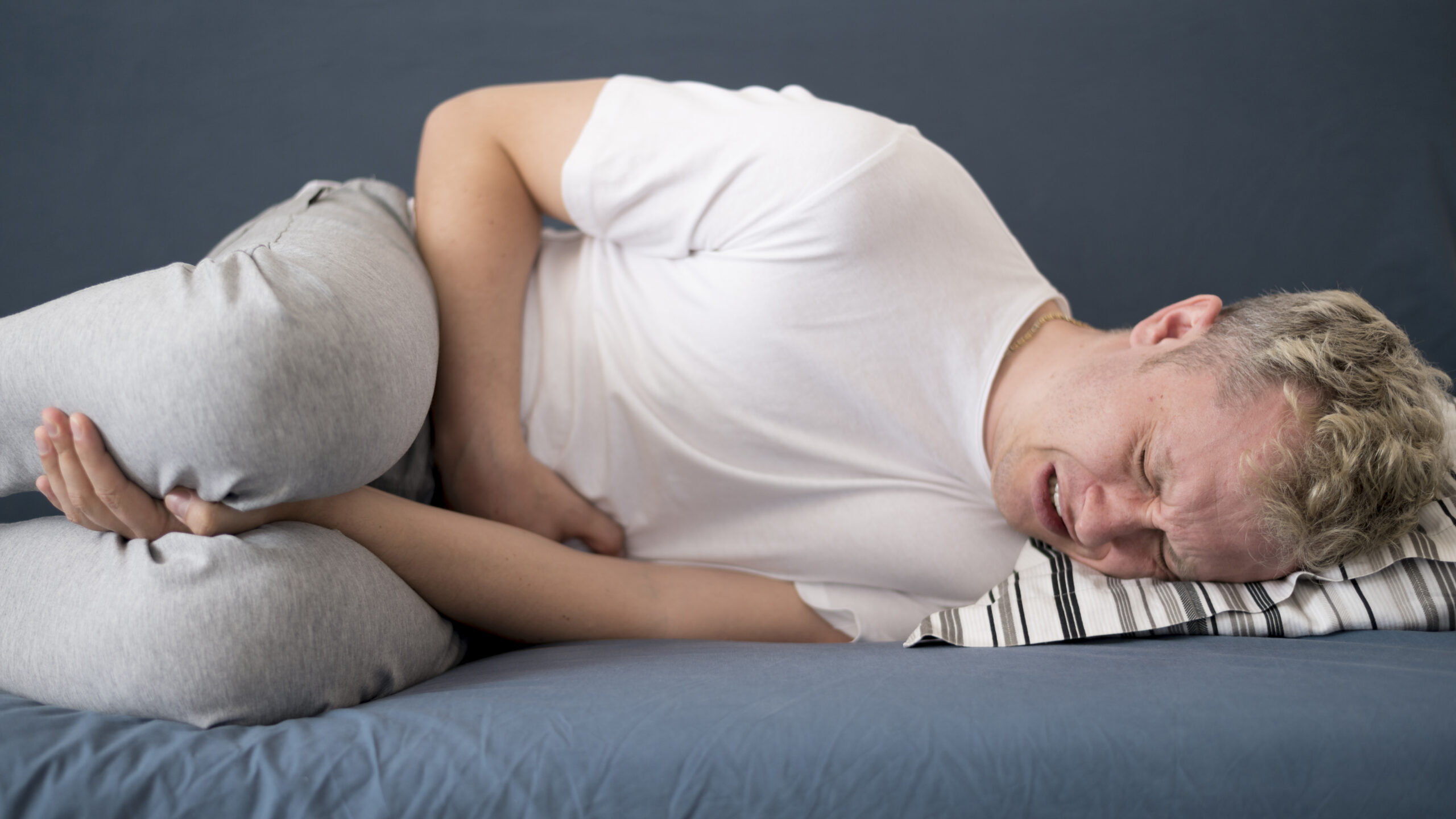
Peritonitis can occur during fetal life (it is called meconium peritonitis). It is caused by the release of meconium into the peritoneal cavity.
Peritonitis can be diagnosed in infants and children![]() . Whenever you observe any disturbing symptoms, it is necessary to immediately contact a doctor or call an ambulance. The effects of peritonitis can lead to various life-threatening complications.
. Whenever you observe any disturbing symptoms, it is necessary to immediately contact a doctor or call an ambulance. The effects of peritonitis can lead to various life-threatening complications.
Characteristic peritoneal symptoms:
You shouldn't give the child with the above symptoms any antispasmodics or painkillers because they may blur the real picture of the peritoneal disease.
Peritonitis is a severe illness that can endanger the patient's health and life. It is crucial not to underestimate the typical symptoms and to seek medical attention promptly. It is essential to avoid self-medicating with painkillers or antispasmodics.
It is significant to promptly identify the cause of the issue and begin treatment without delay. Acting quickly with appropriate diagnostic and therapeutic measures can improve the chances of survival and lower the risk of complications.
The clinical examination performed by the doctor is crucial in the diagnosis of peritonitis![]() . In practice, it does not always happen that all the above-mentioned symptoms are present.
. In practice, it does not always happen that all the above-mentioned symptoms are present.
During the diagnosis, doctors use the so-called peritoneal symptoms. A typical symptom in a medical examination is the so-called Blumberg's sign, i.e., no pain with slow, gentle pressure on the abdomen, and the appearance of strong, sharp pain after abrupt separation of the arm. The plank belly is also noteworthy.
In cases with an incomplete clinical picture, additional tests help make a diagnosis:
If someone shows signs of peritonitis, they must go to the hospital right away. Delaying treatment could lead to sepsis, acute renal and hepatic failure, and even death.
Treatment consists mainly of surgery![]() and removal of the cause of peritonitis, e.g., suturing of a stomach ulcer or removal of the appendix. In addition, conservative treatment in the form of antibiotics
and removal of the cause of peritonitis, e.g., suturing of a stomach ulcer or removal of the appendix. In addition, conservative treatment in the form of antibiotics![]() and painkillers may be used.
and painkillers may be used.
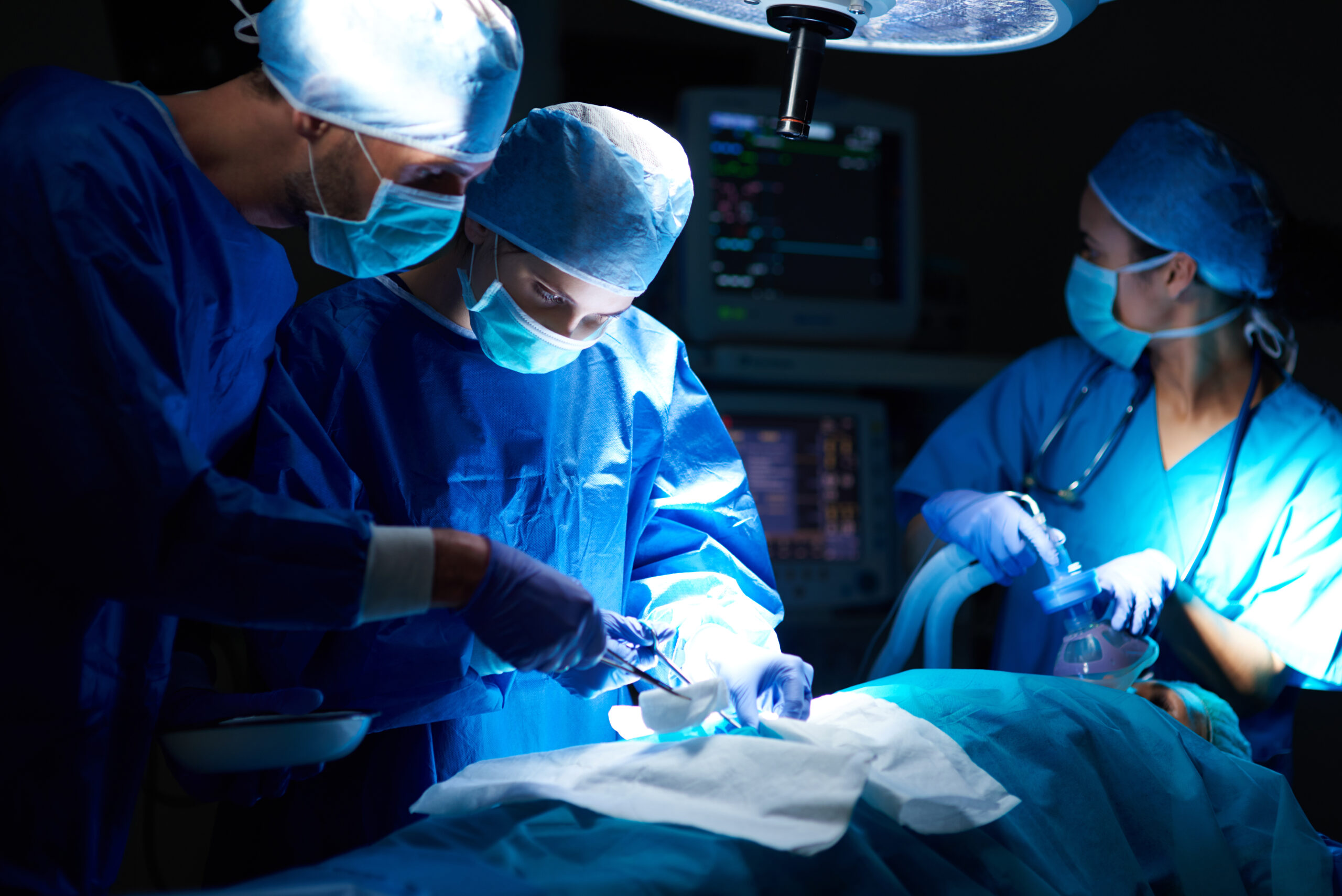
How quickly you will return to shape after surgery depends on many factors, including the type of surgery, its extent, as well as your initial state of health. Regardless of the reason for the surgical intervention, after returning home, it is worth taking special care of yourself. Below you will find some tips![]() that may be helpful in the first weeks of recovery.
that may be helpful in the first weeks of recovery.
Before you leave the hospital, be sure to ask your doctor about the date of the follow-up visit, the need for medication, and the date of removal of postoperative sutures, if dissolvable ones were not used. Also, find out if you need any special rehabilitation.
A postoperative wound, especially when it is extensive, requires special care. The basis is the regular change of bandages by the doctor's recommendations. It happens that you need the help of a qualified nurse who will take care of the proper course of the healing process. During this time, wear light, airy clothes made of natural fabrics to avoid irritation around the wound and reduce the risk of infection.
Careful personal hygiene is to prevent surgical site infections. For the first two months after the procedure, it is worth replacing the bath in the bathtub with a daily shower. Also, wash the body parts around the wound with a fragrance-free and hypoallergenic soap to avoid irritation or an allergic reaction.
Don't plan a big cleanup, yard work, or renovation after the operation. Remember that after many procedures, especially abdominal and chest organs, you must not lift heavy objects for several months. Ask your doctor about the maximum weight of objects that you can lift yourself. Do not hesitate to ask your loved ones for help.
You may have less energy at first. Slow down and let your body recover. Taking short naps during the day for the first few weeks is a good idea. If you don't feel up to it, limit your participation in extended family gatherings, and don't be afraid to tell loved ones when you're tired, even when visiting.
Initially, it will be necessary to limit the physical effort to everyday activities, such as preparing and eating meals, washing, or taking a leisurely walk. After serious surgery, the first walks should be slow, on flat ground, and short. Still, try not to stay lying down all day. If you can't move, try to spend some time sitting down. Always decide to return to physical activity, including regular exercise, after consulting your doctor.
The moment of returning to work depends primarily on its nature. If you work physically or in one forced position, you may need to take a longer break. Like everyone, you are probably afraid of an extended absence from work, but remember that health is the most important thing. Never give up on sick leave when your doctor insists on it.
Regular consumption of meals and a properly balanced diet, adapted to your health condition, should be an integral part of the recovery process. If you suffer from a lack of appetite, consider with your doctor the possibility of introducing additional nutritional support in the form of special drinks.
A history of diffuse peritonitis usually forces patients to change their diet. Patients should follow an easily digestible diet based on easily digestible foods that do not burden the digestive tract.

It is also significant to give up products that contribute to increased secretion of gastric juices, such as coffee, carbonated drinks, and drinks containing caffeine and alcohol. The recommended liquid is still water. It is better to eliminate processed foods and hot spices from the diet.
A very significant issue in the diet after peritonitis surgery is also the method of food preparation. Give up fried, baked, and smoked foods – start boiling and stewing.
In the first weeks of recovery after peritonitis, the diet should be full of fragmented meals in liquid or semi-liquid form (e.g., cream soups and purees of boiled vegetables).
Postoperative complications and the consequences of the disease can be very diverse. They depend primarily on the specific type of peritonitis. The most common include:
The prognosis of peritonitis![]() depends on how quickly medical intervention was undertaken. Other factors like the patient's age and comorbidities are also meaningful.
depends on how quickly medical intervention was undertaken. Other factors like the patient's age and comorbidities are also meaningful.
The prognosis is better with limited peritonitis because the disease develops in a limited area. With diffuse peritonitis, the prognosis is less favorable. The risk of death also increases among patients who have undergone operations, e.g., perforation of a peptic ulcer.
Peritonitis occurs as a result of a violation of its sterility or the action of irritating substances. There are so many potential reasons for this state. Therefore, it is difficult to indicate one way of proceeding that can effectively prevent the disease![]() .
.
Table of Contents
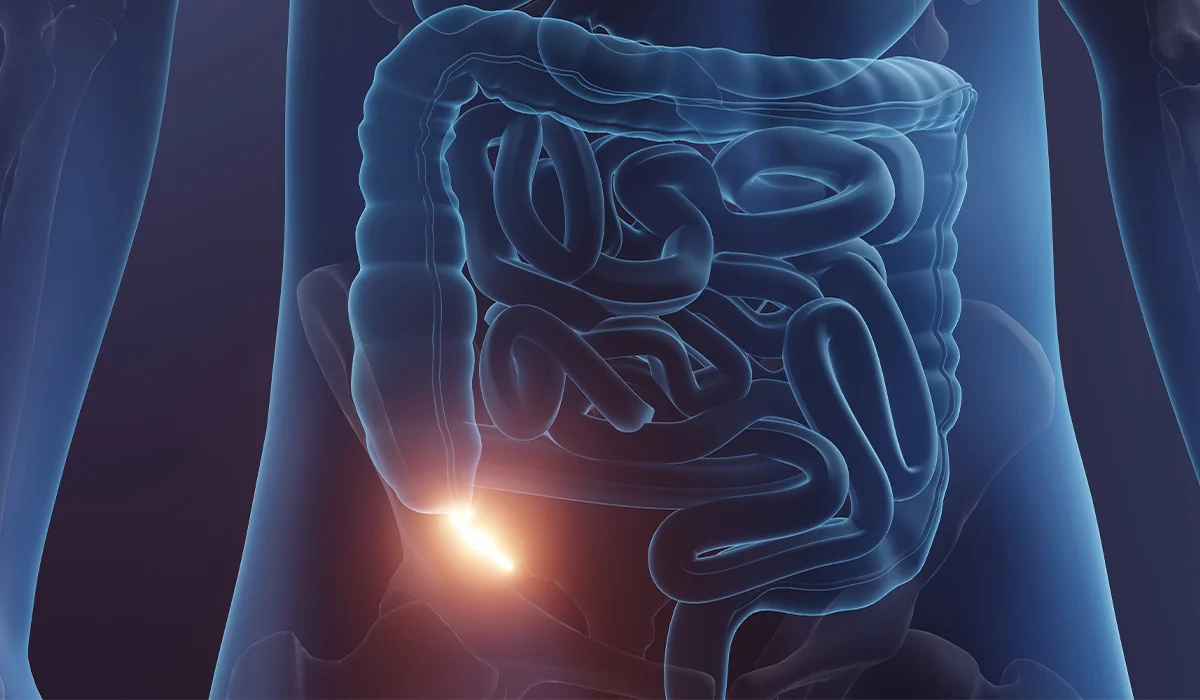
Appendicitis has various forms. Most often it appears as an acute inflammation requiring immediate medical intervention. Learn the most important… read more »

Endometriosis is a long-term condition that can have a significant impact on your life. Learn how to recognise it and… read more »
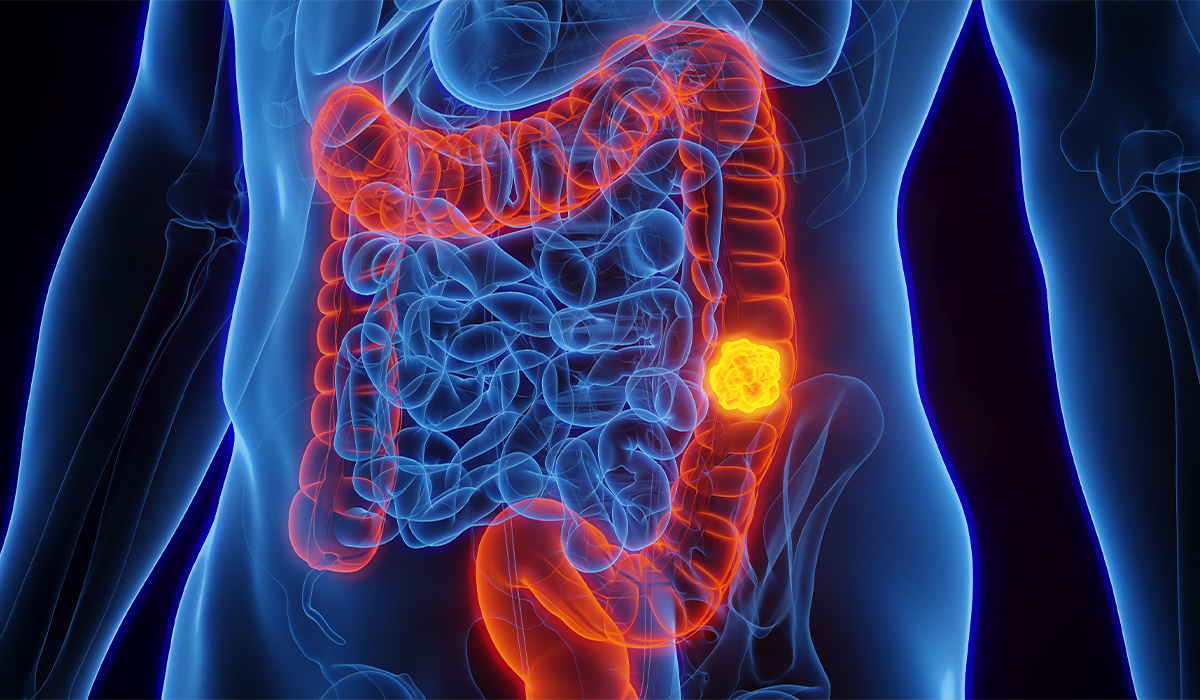
Colon cancer is a common disease with a high mortality rate. Find out how to recognise the first signs of… read more »
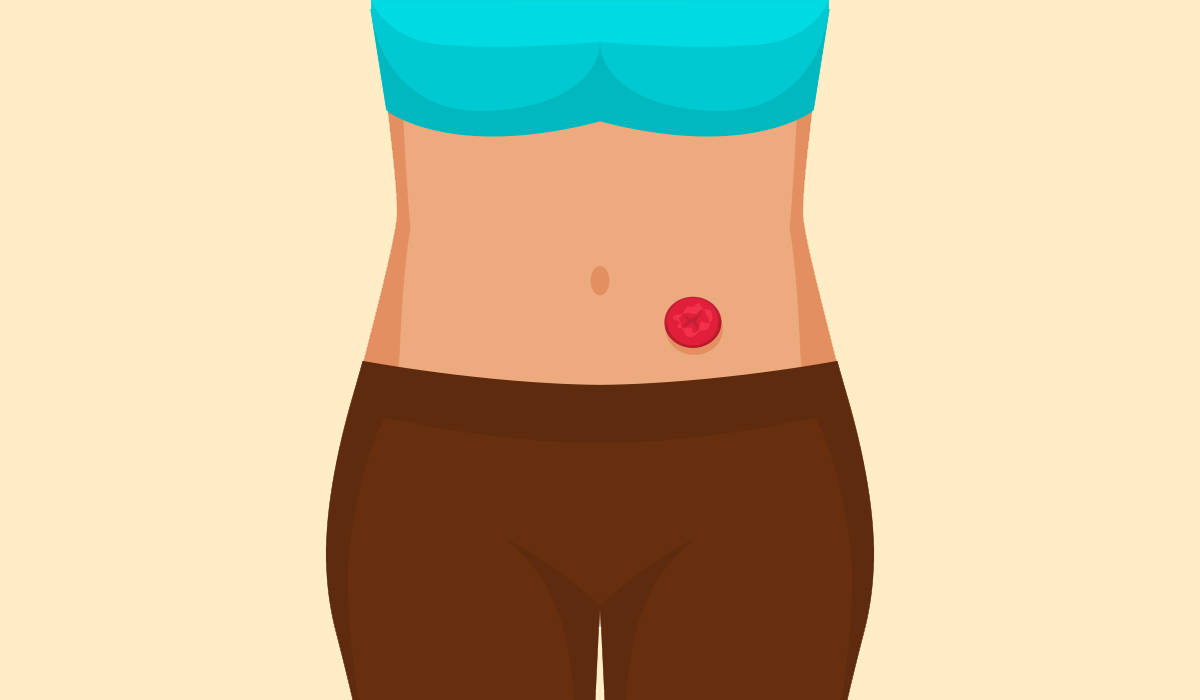
A stoma is a surgically created opening that leads urine or faeces outwards. The procedure of placing a stoma is… read more »
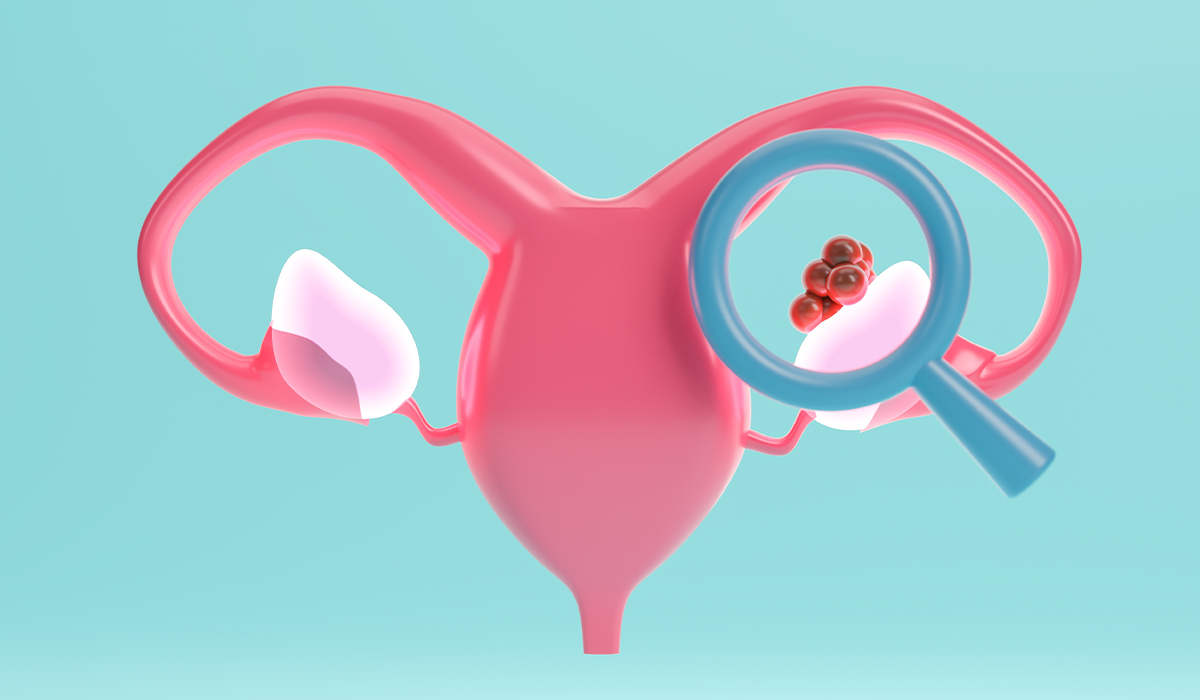
Ovarian cancer is a type of cancer that begins in the ovaries, which are part of the female reproductive system.… read more »

Pneumothorax is a condition that develops as a result of air entering the pleural cavity. What are the causes and… read more »
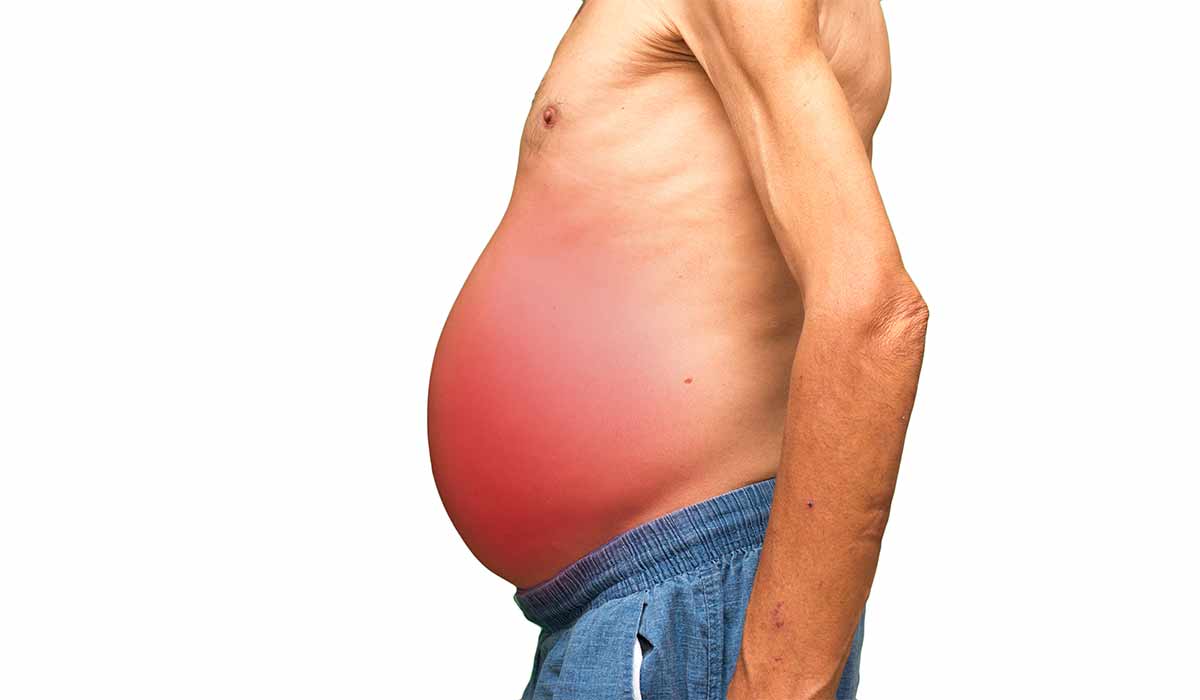
Ascites is a health condition that causes a pathological fluid build-up in the abdomen. It usually occurs when the liver… read more »

Cirrhosis of The Liver is a condition where the liver is damaged and liver function is impaired. The most common… read more »
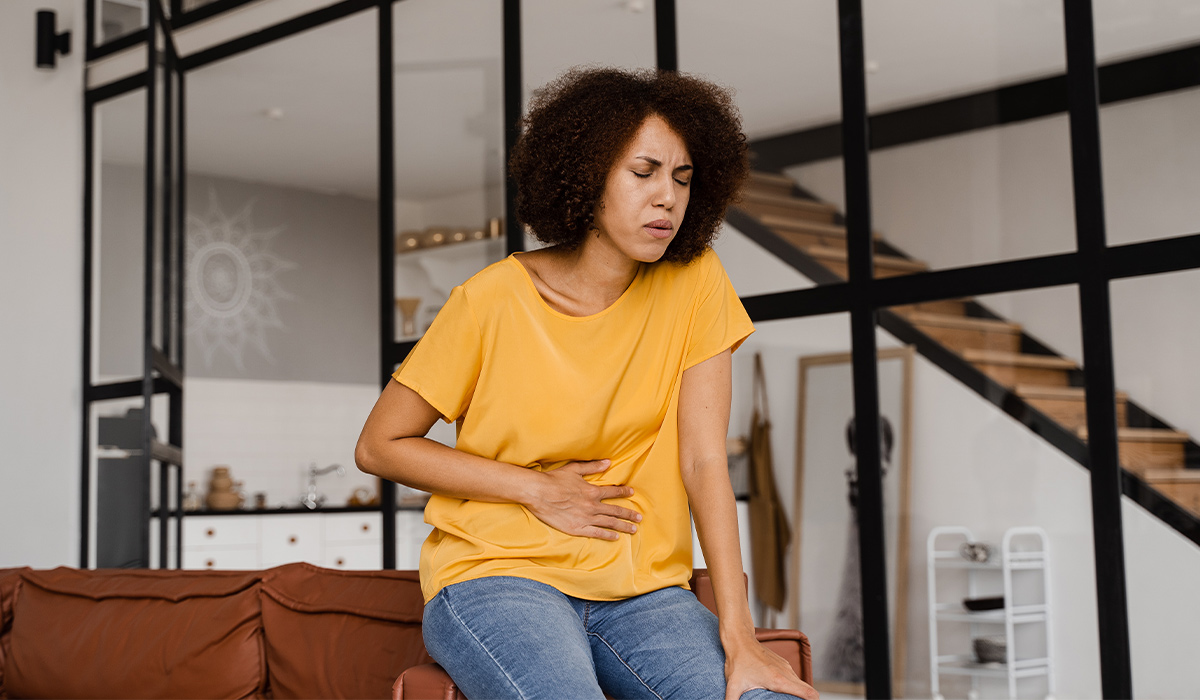
Ileus is a medical condition that stops the passage of food through the digestive tract. What are its symptoms and… read more »